Instruction
Which of these 6 downswing transitions is right for you?
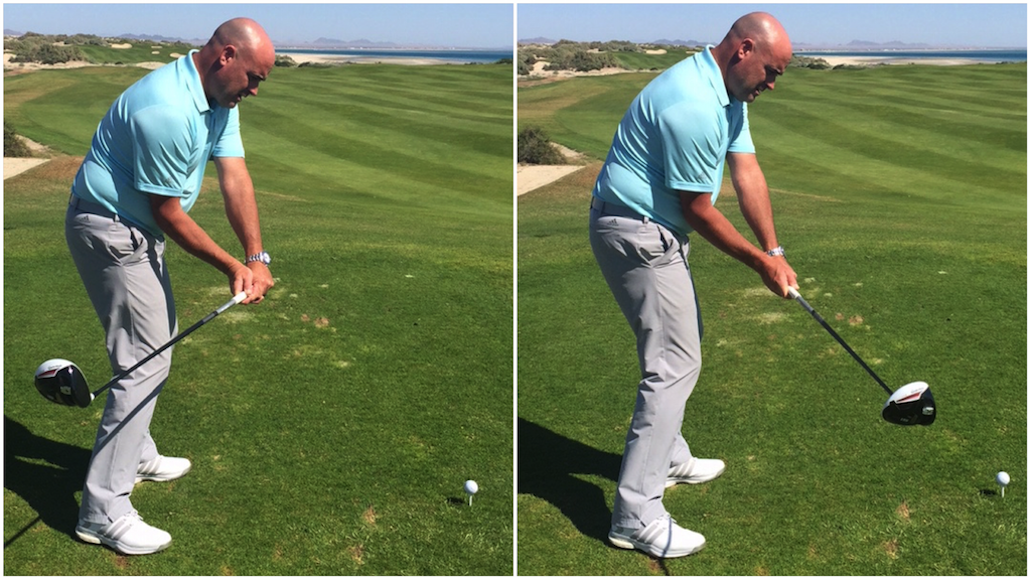
Watch any PGA Tour event and you’ll see varying setups, takeaways, and moves to the top, but the most important part is the transition move that begins the downswing. For the purposes of this article, we’ll call it a plane-angle shift between the backswing and the downswing. This shift sets up your delivery position into the ball and allows you to deliver the club in a more powerful position.
In this article, I cover six of the eight general types of shifts and the settings of the plane angles at address. And for each one, I reference Tour examples that we all know and understand so you can relate to how these shifts work.
My resource for these shifts comes from Homer Kelley’s classic book, The Golfing Machine. It’s not necessary to understand all these shifts — unless you teach golf for a living — but identifying the one that’s pertinent to your swing can help your game. Remember, there is no one way to swing a club, and any of these shifts can be used to produce a swing that is repeatable and PGA Tour quality.
The Zero Shift
The “zero shift” is just what it states, the club shaft starts on one of the address plane angles and never leaves it, back and through. It is a short and flat golf swing, and an efficient procedure that produces very accurate shots. It takes a strong person to use the zero shift, because it does not produce the swing length and power of the others shifts, so you have to be careful with it.
Tour examples: Moe Norman, Alan Doyle, Matt Kuchar
The Single Shift
The “single shift” is a move from the club-shaft plane at address to a steeper and more vertical plane during the transition. This is most commonly seen in a player who moves the ball from left to right. Golfers with this swing have a very slight out-and-over move from the last part of the backswing into the transition.
This single shift can easily change into an uncontrolled over-the-top transition when pressure causes the player’s tempo to become too quick during the downswing. Players successfully using this type of transitional shift all have slow, syrupy tempos while they make the plane-angle shift into the downstroke. This is a very good model for anyone looking to move the ball left to right exclusively.
Tour examples: Craig Perry, Corey Pavin, Olin Browne
The Double Shift
The “double shift” is the most common plane-angle shift model taught by most teachers. This shift starts from the club-shaft plane at address, moves into a slightly more upright position into the backstroke, and then falls back to the elbow/club-shaft plane through the ball.
This is a very good motion to make if you can keep the club shaft from lifting too much into the last part of the backswing, which is where most people foul this shift up. They tend to allow the club shaft to lift too much, thus raising the entire right side of the body and forcing the right shoulder to move outward to start the downswing, or over the top. Use the “double shift” if you have good flexibility; if not use another transitional model.
Tour examples: Ernie Els, Kevin Kisner, David Frost
The Triple Shift
The “triple shift” is the classic in-up-and-over move that is most commonly abused by the average player who moves the club inside off the takeaway, trying to hit a draw, and over-cooks it off the start.
When the club shaft creeps too deep behind the club-shaft plane line during the backswing, the net result is a lift, which in turn throws the club over the top. If you use this plane-angle shift, then you must control your release or you can hit left-to-left shots or weak slices to the right that have too much height. The solution is to understand why the club moves inside off the start: over-rotation of the torso or over-rotation of the left forearm.
Tour examples: Bruce Lietzke, Craig Stadler, Kevin Stadler
The Reverse Shift
The “reverse shift” is just like the single shift, but in reverse. This type of action has the club lift steeply to the top with a high right shoulder, and then it’s re-routed to the club-shaft plane line established at address.
In my opinion, this is the easiest plane-angle shift to make because if you take it back steeply and straight up, then the only place for it to go on the way down is back to the inside.
Players who use this shift must have powerful lateral and rotary hip motions to aid the reversing action on the way down, and they tend to have slower transitions and back problems later into their careers. Another issue with this plane-angle shift is not giving the club time to drop back to the club-shaft plane line on the way down.
Tour examples: Fred Couples, Jim Furyk, Lee Trevino
The Reverse Loop
The “reverse loop” is used by players who lift the club to the top slightly, yet have shoulder turns that are level or perpendicular to the axis of the spine at the top. These players have no need to re-route the arms and shoulders; they only need to re-route the shaft, moving it back to the club-shaft plane line established at address.
The best example of this plane-angle shift is Nick Price, who can be seen in the transition reversing the club with a noticeable “flattening” of the shaft in his downswing without dropping his arms violently. These players are using the rotation, or the supination of the right forearm (moving the right palm to the sky during the shift), to flatten the shaft and drop it behind them back to the club-shaft plane line at address.
The only problem with this type of shift is allowing the club shaft to fall too deep behind the club-shaft plane line on the way down, getting stuck and hanging the ball to the right. This is my favorite plane-angle shift for the player who naturally has a “level” shoulder turn to the top.
Tour examples: Nick Price, Nick Faldo, Rickie Fowler
- LIKE121
- LEGIT16
- WOW7
- LOL6
- IDHT7
- FLOP18
- OB9
- SHANK100
Instruction
Clement: Laid-off or perfect fade? Across-the-line or perfect draw?

Some call the image on the left laid off, but if you are hitting a fade, this could be a perfect backswing for it! Same for across the line for a draw! Stop racking your brain with perceived mistakes and simply match backswing to shot shape!
- LIKE0
- LEGIT0
- WOW0
- LOL0
- IDHT0
- FLOP0
- OB0
- SHANK1
Instruction
The Wedge Guy: The easiest-to-learn golf basic

My golf learning began with this simple fact – if you don’t have a fundamentally sound hold on the golf club, it is practically impossible for your body to execute a fundamentally sound golf swing. I’m still a big believer that the golf swing is much easier to execute if you begin with the proper hold on the club.
As you might imagine, I come into contact with hundreds of golfers of all skill levels. And it is very rare to see a good player with a bad hold on the golf club. There are some exceptions, for sure, but they are very few and very far between, and they typically have beat so many balls with their poor grip that they’ve found a way to work around it.
The reality of biophysics is that the body moves only in certain ways – and the particulars of the way you hold the golf club can totally prevent a sound swing motion that allows the club to release properly through the impact zone. The wonderful thing is that anyone can learn how to put a fundamentally sound hold on the golf club, and you can practice it anywhere your hands are not otherwise engaged, like watching TV or just sitting and relaxing.
Whether you prefer an overlap, interlock or full-finger (not baseball!) grip on the club, the same fundamentals apply. Here are the major grip faults I see most often, in the order of the frequency:
Mis-aligned hands
By this I mean that the palms of the two hands are not parallel to each other. Too many golfers have a weak left hand and strong right, or vice versa. The easiest way to learn how to hold the club with your palms aligned properly is to grip a plain wooden ruler or yardstick. It forces the hands to align properly and shows you how that feels. If you grip and re-grip a yardstick several times, then grip a club, you’ll see that the learning curve is almost immediate.
The position of the grip in the upper/left hand
I also observe many golfers who have the butt of the grip too far into the heel pad of the upper hand (the left hand for right-handed players). It’s amazing how much easier it is to release the club through the ball if even 1/4-1/2″ of the butt is beyond the left heel pad. Try this yourself to see what I mean. Swing the club freely with just your left hand and notice the difference in its release from when you hold it at the end of the grip, versus gripping down even a half inch.
To help you really understand how this works, go to the range and hit shots with your five-iron gripped down a full inch to make the club the same length as your seven-iron. You will probably see an amazing shot shape difference, and likely not see as much distance loss as you would expect.
Too much lower (right) hand on the club
It seems like almost all golfers of 8-10 handicap or higher have the club too far into the palm of the lower hand, because that feels “good” if you are trying to control the path of the clubhead to the ball. But the golf swing is not an effort to hit at the ball – it is a swing of the club. The proper hold on the club has the grip underneath the pad at the base of the fingers. This will likely feel “weak” to you — like you cannot control the club like that. EXACTLY. You should not be trying to control the club with your lower/master hand.
Gripping too tightly
Nearly all golfers hold the club too tightly, which tenses up the forearms and prevents a proper release of the club through impact. In order for the club to move back and through properly, you must feel that the club is controlled by the last three fingers of the upper hand, and the middle two fingers of the lower hand. If you engage your thumbs and forefingers in “holding” the club, the result will almost always be a grip that is too tight. Try this for yourself. Hold the club in your upper hand only, and squeeze firmly with just the last three fingers, with the forefinger and thumb off the club entirely. You have good control, but your forearms are not tense. Then begin to squeeze down with your thumb and forefinger and observe the tensing of the entire forearm. This is the way we are made, so the key to preventing tenseness in the arms is to hold the club very lightly with the “pinchers” — the thumbs and forefingers.
So, those are what I believe are the four fundamentals of a good grip. Anyone can learn them in their home or office very quickly. There is no easier way to improve your ball striking consistency and add distance than giving more attention to the way you hold the golf club.
More from the Wedge Guy
- The Wedge Guy: Golf mastery begins with your wedge game
- The Wedge Guy: Why golf is 20 times harder than brain surgery
- The Wedge Guy: Musings on the golf ball rollback
- LIKE88
- LEGIT14
- WOW6
- LOL1
- IDHT0
- FLOP4
- OB1
- SHANK8
Instruction
Clement: Stop ripping off your swing with this drill!

Not the dreaded headcover under the armpit drill! As if your body is defective and can’t function by itself! Have you seen how incredible the human machine is with all the incredible feats of agility all kinds of athletes are accomplishing? You think your body is so defective (the good Lord is laughing his head off at you) that it needs a headcover tucked under the armpit so you can swing like T-Rex?
- LIKE0
- LEGIT3
- WOW2
- LOL0
- IDHT0
- FLOP0
- OB0
- SHANK2
-

 19th Hole1 week ago
19th Hole1 week agoJustin Thomas on the equipment choice of Scottie Scheffler that he thinks is ‘weird’
-

 19th Hole1 week ago
19th Hole1 week ago‘Absolutely crazy’ – Major champ lays into Patrick Cantlay over his decision on final hole of RBC Heritage
-

 19th Hole3 weeks ago
19th Hole3 weeks agoTwo star names reportedly blanked Jon Rahm all week at the Masters
-

 19th Hole2 weeks ago
19th Hole2 weeks agoReport: LIV Golf identifies latest star name they hope to sign to breakaway tour
-

 19th Hole2 weeks ago
19th Hole2 weeks agoNeal Shipley presser ends in awkward fashion after reporter claims Tiger handed him note on 8th fairway
-

 19th Hole2 weeks ago
19th Hole2 weeks agoBrandel Chamblee has ‘no doubt’ who started the McIlroy/LIV rumor and why
-

 Equipment3 weeks ago
Equipment3 weeks agoWhat we know about Bryson DeChambeau’s 3D-printed Avoda irons
-

 19th Hole6 days ago
19th Hole6 days agoLET pro gives detailed financial breakdown of first week on tour…and the net result may shock you


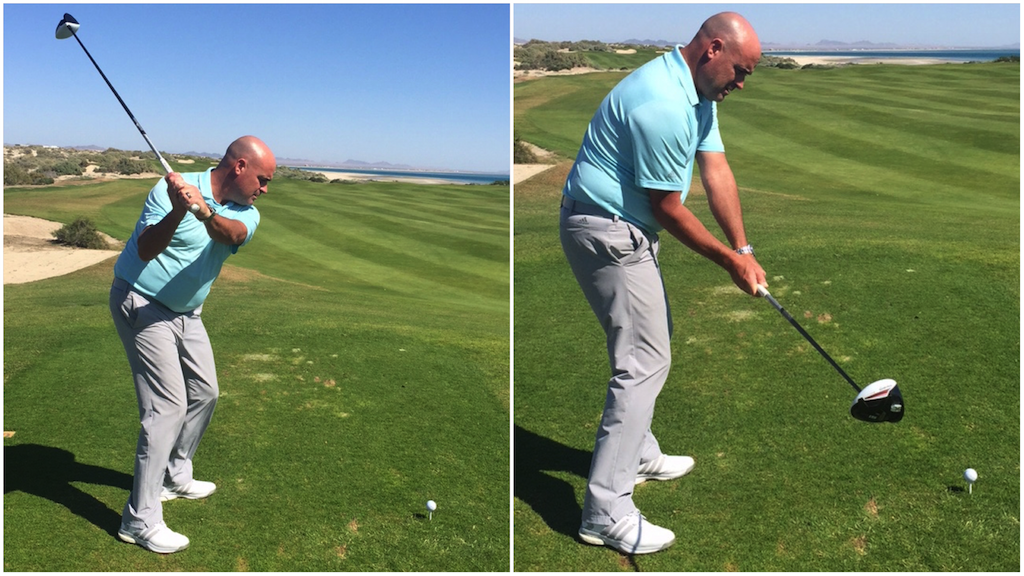
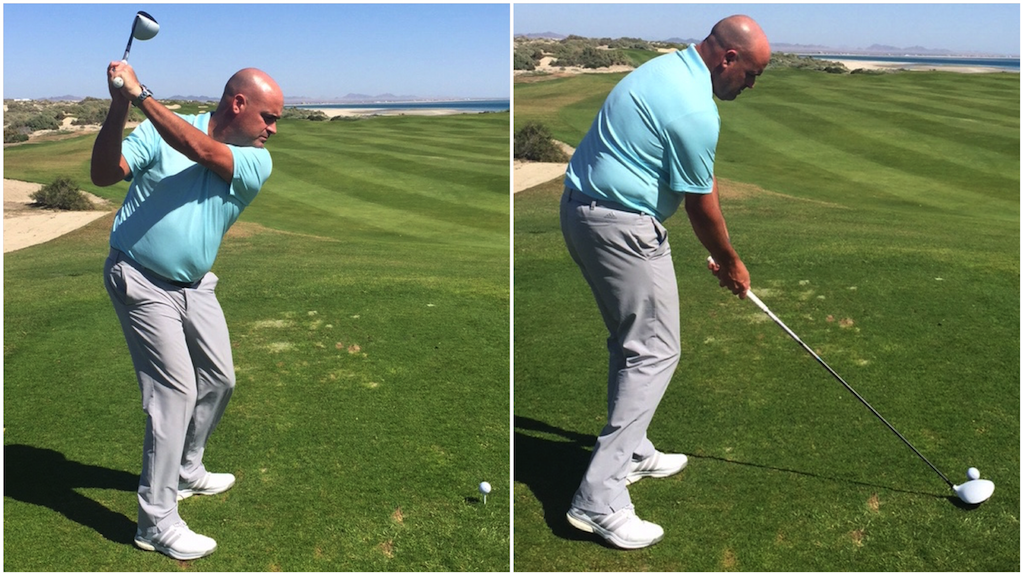
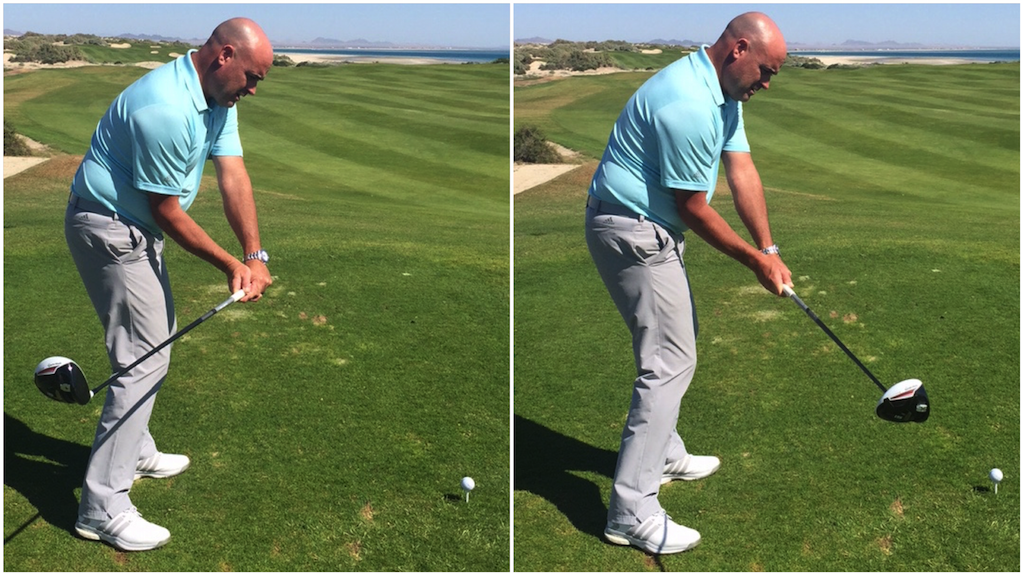
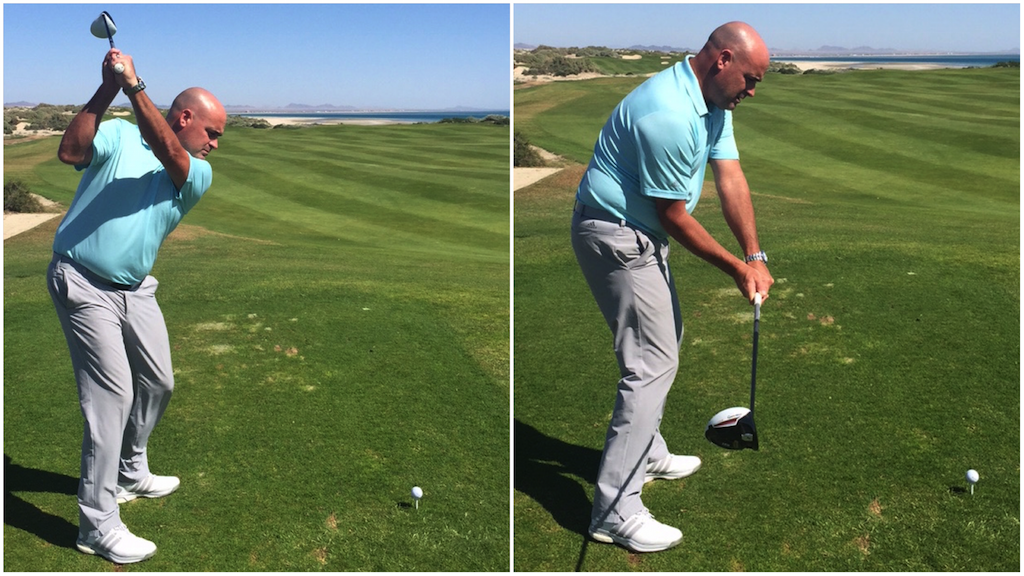
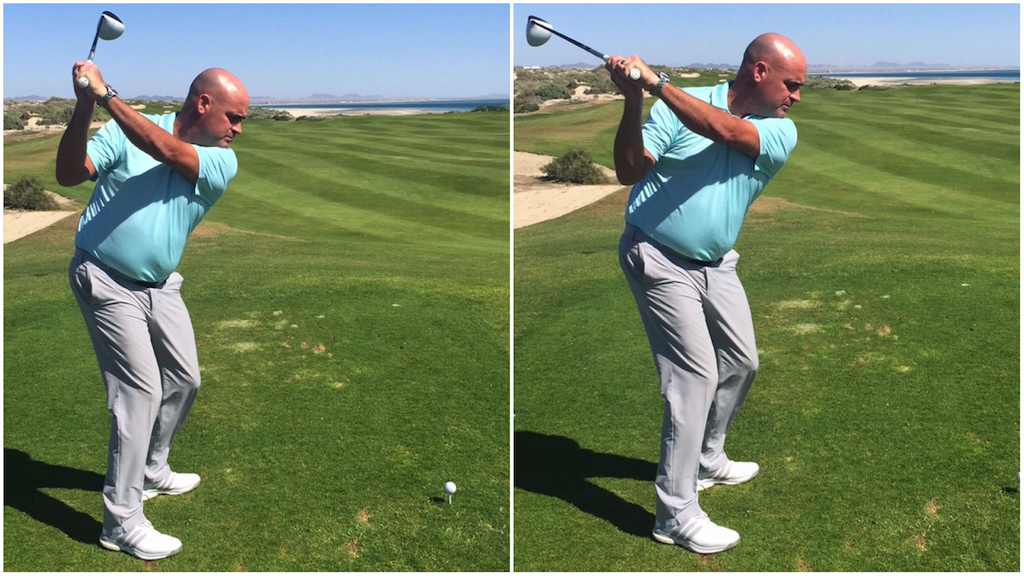


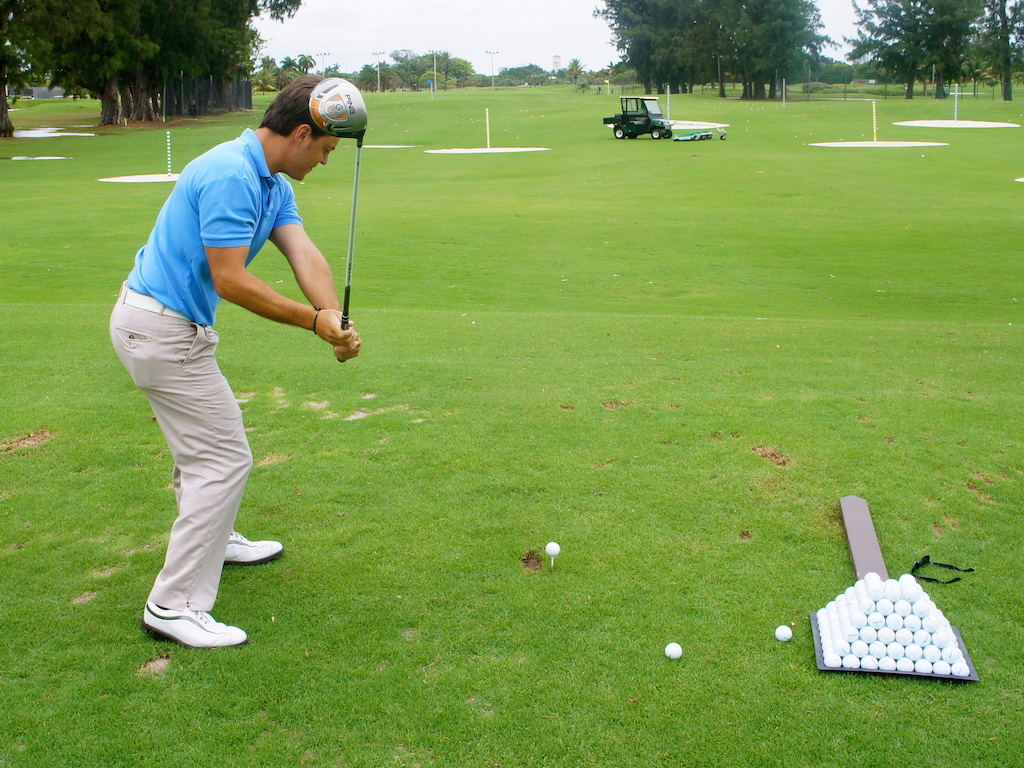















MAC O
Jun 8, 2016 at 3:14 pm
I THINK YOU NEED TO COME AND SEE ME AND GET YOUR DEFINITIONS OF HOMER KELLEY’S TGM FIXED UP. $2500 FOR 3 DAYS SHOULD SORT YOU OUT, ACTUALLY ADD ANOTHER $500 FOR THE CASINO.
Pat
Mar 31, 2016 at 5:58 pm
I have the reverse loop shift and my swing is inside out so my go to shot is the straight draw. I think it’s one of best ways to add power to swing along with doing the squat. I can hit it 300 yards carry as a result of being able to generate swing speeds up to 122mph. Most amateurs don’t have the flexibility in their hips and shoulders so the most common mistake is coming over the top.
Patsy
Apr 3, 2016 at 5:58 am
“I can hit it 300 yards carry as a result of being able to generate swing speeds up to 122mph.”
Are you a pro?
Tom
Mar 28, 2016 at 4:16 pm
Interesting piece. Thanks. I have been working on the zero shift, although I think I hit it most powerfully when I feel the club flatten even more in my transition. My question is: As the zero shift kind of relies on keeping the left arm connected to the chest throughout the swing, and Kuchar has worked on turning back more vertically, how does this add up? Should I be content to stay flatter throughout or is a more vertical shoulder turn on the takeaway still a good idea? I hate to ask such a nuanced question, but that right there is the source of all my swing experimentation/inconsistency.
Mikee
Mar 27, 2016 at 11:47 am
Thanx for (yet another) excellent article Tom. Part of the reason GolfWRX is the best golf website is due to the excellent instruction and instructors (like yourself) who contribute to the site.
Which of these is the “best” ?
My instructor keeps “beating on me” as I have a single shift which, if I am not pausing at the top, results in a “pull slice” due to a club path of about -5 degrees and a open club face (+1 or so). Would it be fair to say that the best ” move from the top” would be a lower- body initiated downswing trigger (ie. push off with your back foot, or rotate your left hip or straighten your left leg or a combination of the three)?
Jeff
Mar 25, 2016 at 8:47 pm
A good read and new information to me. Which one of the shifts should an amatuer work towards? I read the article a couple of times and I can understand the difference between the shifts, but I’m still not sure which of the transitions is right for me. Is the point to experiment with the different shifts? It’s definitely an informative article but I feel like there’s some gaps in what is trying to be conveyed.
Mark Moser
Mar 25, 2016 at 12:00 pm
I love to read the comments from the “wanna be Pros” who rip everything. If you were that good we’d see you playing on tv or selling teaching videos!! Guess what-you’re not as good as you think you are and not everything is about you!! Get over yourselves!! Let these great teachers share their different techniques with us readers and allow each reader pick what works for them. Just because you disagree or it doesn’t work for YOU don’t rip it as it works for someone else. Plus your negative attitudes will take people who need this help and steer them away from trying them and improving their games.
So please “Forum Pros” if you can’t add something positive……….. Shut up.
Martin
Mar 25, 2016 at 4:48 pm
I agree Mark! We get this wonderful, worldclass instructions for free!!! Everybody don’t like to read, but a lot of us do. So thank you Tom!!!
Pat
Mar 31, 2016 at 6:00 pm
Chill out dude. You seem butt hurt. Nobody is ripping this article. Take a xanax, you’ll feel better, lol.
Martin
Mar 25, 2016 at 9:50 am
The single shift is my swingtype. I have been very frustrated about this and have been trying to do the opposite for three or four seasons, mainly because trainers have been pushing me to do that. But thats not natural to me. I guess the “problem” with this type of swing is to NOT get over the top more than slightly. Any tips for drills to make this single shift swing work fo me?
John Grossi
Mar 25, 2016 at 7:22 am
Tom, very informative article. After reading it, I think I have used all 6 at one time or another. The last one, reverse loop, is the one I would be thrilled to work into my swing full time. I have admired Nick Prices swing, and lately Fowlers. It seems like a very powerful and consistent way to deliver the clubhead to the ball. I see this move in Mark O’Meara and Sergio Garcia also. Any other tips on this move? Thanks again for another great article.
jon
Mar 25, 2016 at 12:33 am
maybe it’s time to introduce gifs especially for articles like these
Mat
Mar 25, 2016 at 5:46 am
Amen
Philip
Mar 24, 2016 at 11:46 pm
Is this article targeting golfers? Or instructors? … oh well, maybe there will be a follow-up article that connects the voids.
tom stickney
Mar 25, 2016 at 2:59 pm
This article was designed to help you understand which shift you have…there will be a future article with videos linking it all together. More of an informational thing to play off what Scott Hamilton is doing.
Chuck D
Mar 24, 2016 at 10:32 pm
Hey Steve, and to think that Tommy is a Trackman Master/Partner with “distinction!” Hey Tommy, we feel like we’ve been shorted of your expertise. No trackman, and in my humble opinion, video would have been a tad more effective to illustrate the actual transition moves we are all afflicted with. GOLF INSTRUCTION……ONWARD AND UPWARD!!!
Steve
Mar 24, 2016 at 5:22 pm
What did I just read? Pictures were totally unhelpful.
Steve
Mar 24, 2016 at 4:39 pm
Nice article and no trackman data, that a boy
tom stickney
Mar 25, 2016 at 3:03 pm
Steve–
I see you still cannot help yourself with your consistent negative comments…why don’t you contact me personally and we’ll discuss? I’d love to hear your thoughts…
Michael Breed
Mar 24, 2016 at 1:24 pm
Using my willy the wacky weasel pool toy training aide will fix your transition and have you bombing down the the fairway!!!!!!!!!!!!!!!!!!!!!!!!!!!!!!!!!!!! N
Weekend Duffer
Mar 24, 2016 at 1:28 pm
where do i buy???
Tom
Mar 24, 2016 at 9:18 pm
weekend duffer you can buy it @ a adult toy store.
Jay
Mar 24, 2016 at 11:42 am
Nah – we just make it hard
tony
Mar 24, 2016 at 11:28 am
golf is so hard